The growth of machine learning, deep learning, artificial intelligence, and Industry 4.0 has generated the need for real-time data. We can get this data by digital twin technology. Digital twin utilizes IoT, machine monitoring systems, sensor technology big-data, and cloud computing to get real-time machine data.
In this article, we will discuss the following points.
- What is a digital twin technology?
- How does digital twin work?
- Digital Twin Technology Examples
- Digital twin applications
- Advantages of digital twin technology
- Best digital Twin software.
What is Digital Twin Technology?
A digital twin is a digital representation or replica of any asset in the real world.
Here is the list of machine or human assets we can monitor in real-time.
- A machine component such as a motor.
- A complete product such as a car, bicycle, or turbine.
- Manufacturing process
- Systems such as a human body
We can use digital twins to monitor and replicate the entire life cycle of assets and predict asset behavior in the future. For example, Engineers can predict future failures and improve a machine (pump, turbine) design using its digital model.
Following technologies are driving the growth of the digital twin technology.
- Virtual Reality
- Augmented and Mixed Reality
- Internet of things
- Big Data
- Machine Monitoring
- Cloud Computing
- Machine Learning
How does Digital Twin Work?
Digital Twin System works by connecting physical machines with the virtual world by getting input from asset sensors. Sensors send real-time data to a connected device or cloud.
We can make assets virtual copies from the real-time product data in the cloud or edge computing device. A asset virtual-copy is its mathematical model.
We can analyze and simulate the assets in a virtual copy. In this way, we can simulate assets performance in actual working conditions.
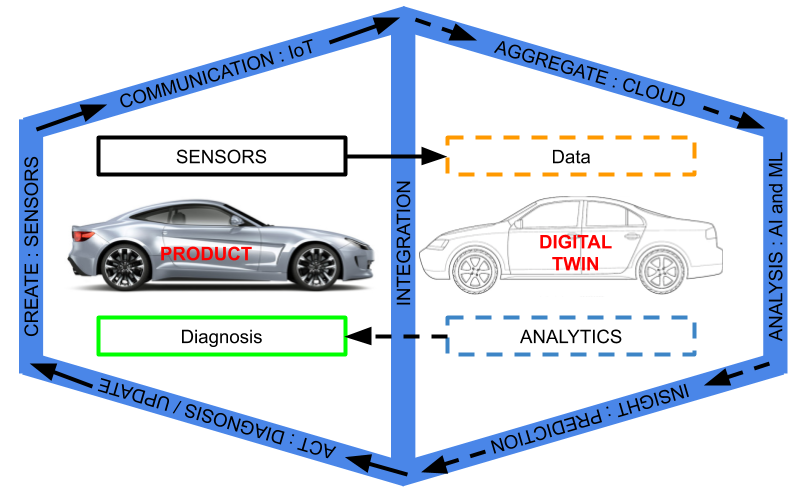
The above image shows the working of a vehicle digital twin. In this, the car sends real-time sensor data to the cloud. The sensor data create a digital model or digital twin for the vehicle in the cloud. This car’s digital twin behaves similar to the actual vehicle.
In this way, we can use the digital twin to analyze the vehicle performance on various parameters by running simulations in the virtual world. Product designers can build more understanding of the existing products and improve new products from the data from the digital twin.
Digital Twin Technology Applications in Various Industries
- Digital Twin in Continuous Engineering and Design
- Digital Twin in Manufacturing
- Production Line and Machines Virtual Commissioning
- Predictive Maintenance
- Patient digital Model in Healthcare Industry
- Hotel Industry
Application Examples of Digital Twin Technology
1. Product Design and Engineering
Digital twin technology has applications for continuous engineering on existing and new products design.
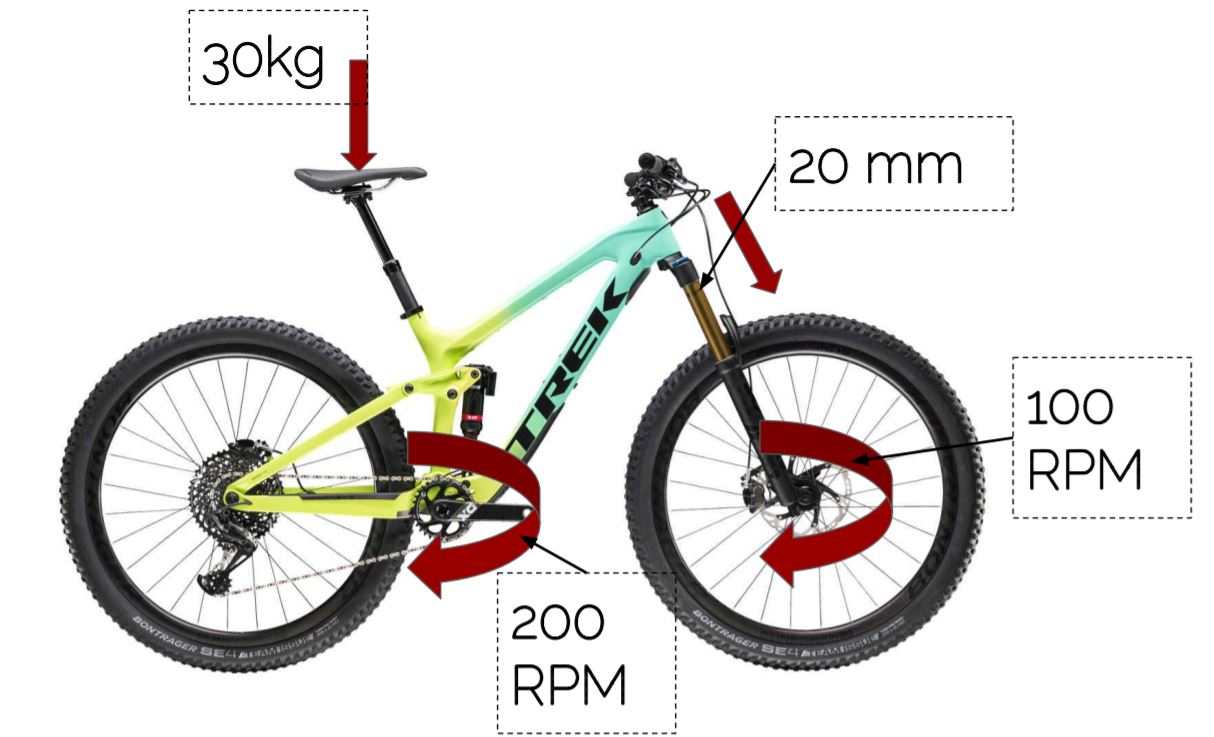
For example, You can implement digital twin technology on mountain bikes. As a result, engineers can get real-time bike sensor data such as paddle and tire RPM, bike speed, the load acting on the bike, suspension deflection. These sensor data can create a digital model for the bike.
Engineering teams can compare field results with simulation results to compare actual bike performance with the designed performance.
Advantages of Digital Twin in Product Design and Engineering
Here is the list of the advantages of digital twin technology in product design and engineering
- Optimizing and improving existing and new products.
- Verify key design features in the digital world without building prototypes.
- What-If simulations.
- Reduced product time to the market.
- Root cause analysis.
- Reduced prototype cost
- Improved product design and reliability.
2. Digital Twin in Manufacturing
Digital twin technology in manufacturing has the following applications.
- Production line and Machines virtual commissioning.
- Predictive maintenance and remote diagnosis
2.1) Virtual Commissioning of machines and Production Line using Digital Twin
We can utilize digital-twin technology to virtually commission and run the machines and production plant. In this way, virtual commissioning helps engineers in factory design verification. Therefore automation engineers can detect and solve problems in the early design stage.
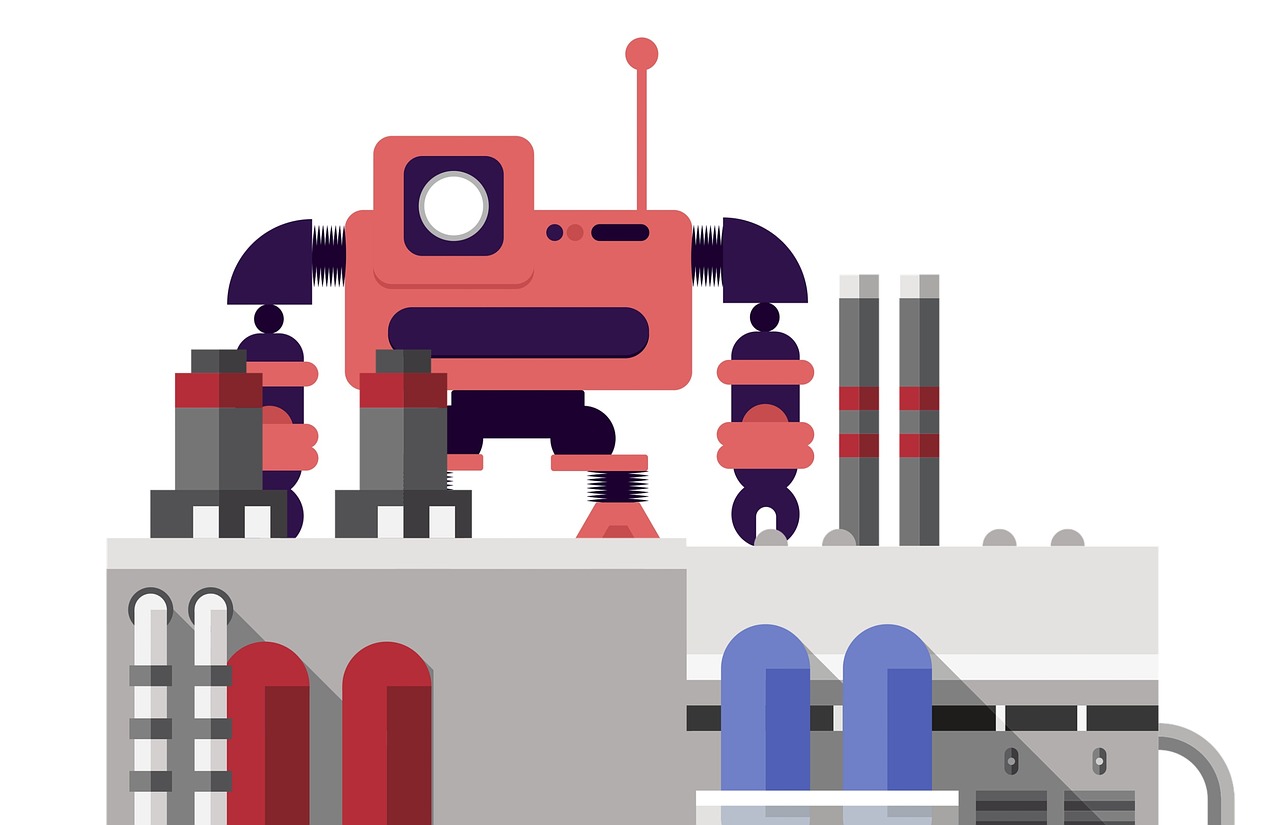
Here is the list of the advantages of digital twin technology in plant automation.
- Digital twin reduces plant and machine commissioning costs.
- Remote commissioning.
- Detecting and resolving problems at an early stage of design.
- Accelerate product time to market,
- Continuous improvement.
We can utilize a machine digital model and machine learning algorithms to monitor and predict the problem in a machine before it occurs.
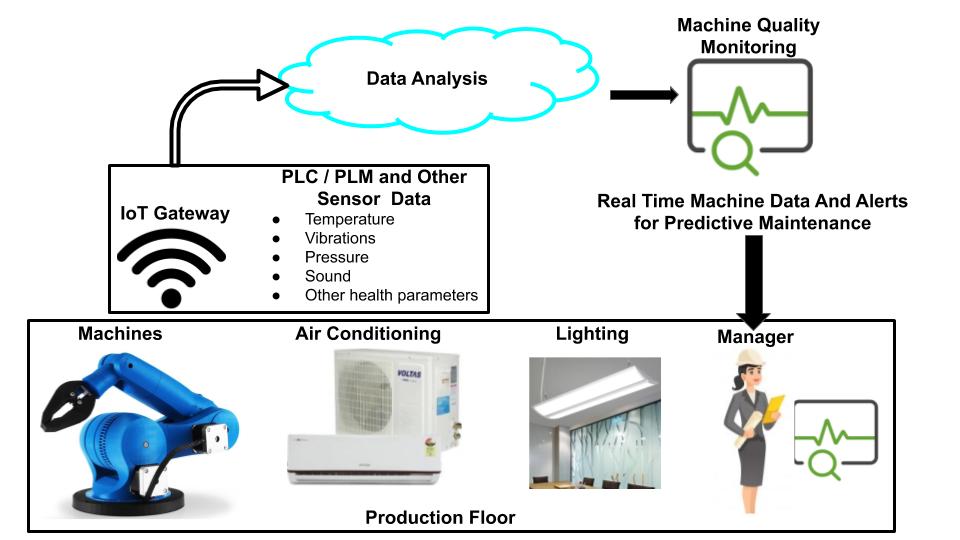
Digital Twin has the following advantages by implementing predictive maintenance.
- Reduces the maintenance cost.
- Spare parts inventory management.
- Reduce downtime.
- Increase reliability of assets on the production line by predictive maintenance schedules.
3. Digital Twin in Healthcare Industry
The digital twin in healthcare can create a patient digital model. Doctors can use this digital model to provide personalized healthcare to individual patients. For example, when a patient is diagnosed with heart disease.
According to patient health conditions, doctors can prepare patient-specific biophysical models. A patient-specific biophysical model behaves in the same way a patient does. Doctors can also simulate various scenarios on patient digital-twin.
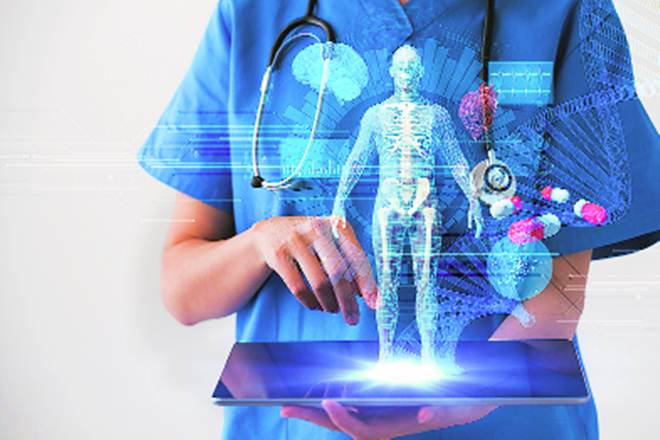
Benefits of Digital Twin in Healthcare Industry
Implementing digital twins in the healthcare industry has the following benefits.
- Real-time patient monitoring.
- Personalized healthcare.
- Remote diagnosis.
- Reduced cost.
4. Digital Twin in Hotel Industry
The digital twin technology is also revolutionizing the hotel industry. Microsoft Azure smart hotel 360 is offering various solutions for the hotel industry. It allows hotel managers to manage complete hotels digitally online.
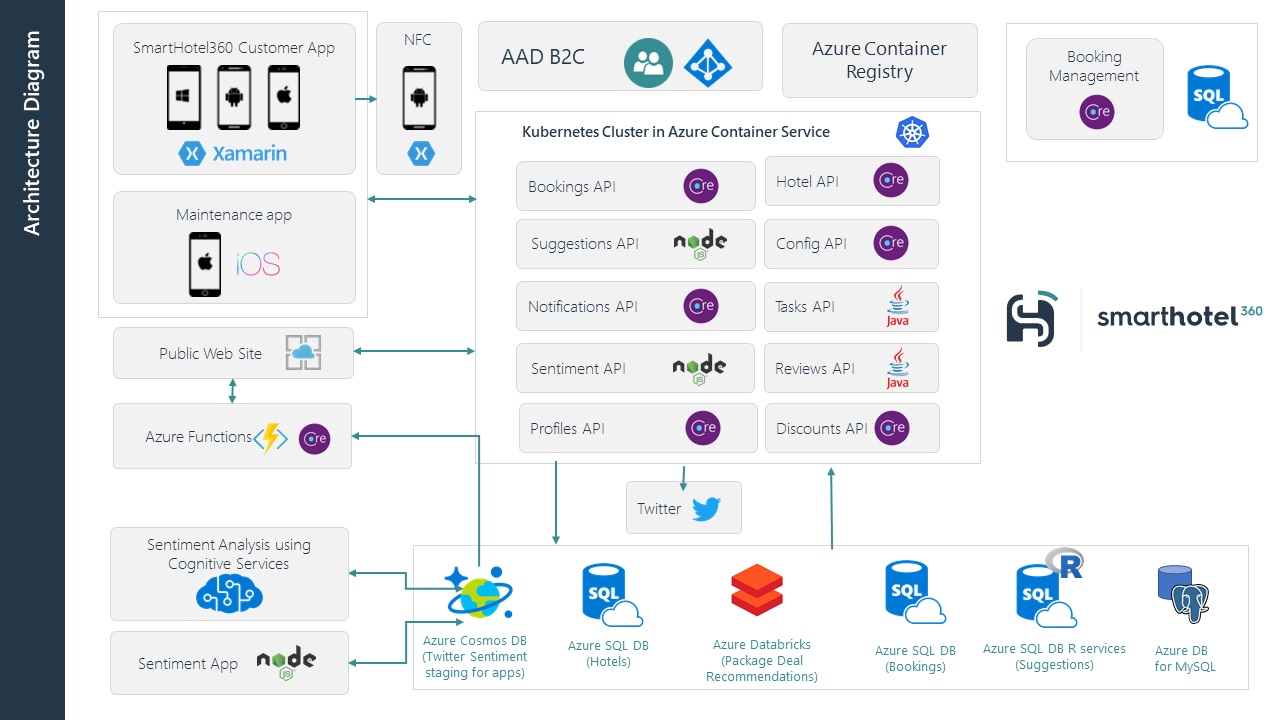
Hotel staff can use the hotel digital model for the following tasks.
- Room occupancy
- Electricity consumption
- Pending room cleaning work
- Maintenance work, etc.
In a smart hotel, customers can check in, check out, place an order and give feedback in the smart hotel app. It improves the overall customer experience and saves cost.
Best Digital Twin Software in 2022
Here is the list of best digital twin software for manufacturing, design, testing and healthcare industry.
Microsoft Azure Digital Twins can create a data driven workplace where we can connect our assets to the internet. We can connect azure digital twin to azure AI, storage, mixed reality, office 365.
IBM provides various digital twin solutions for virtual machines, product testing, and product and process monitoring. Here is the list of digital twin software solutions provided by IBM.
- Digital Twin Exchange
- IBM Engineering Systems Design Rhapsody
- IBM Maximo Application Suite
Predix Platform is the IoT edge-to-cloud foundation shared by GE Digital applications such as Asset Performance Management (APM) and Operations Performance Management (OPM).
It provides secure and scalable edge-to-cloud data connectivity, analytics processing, and many other underlying services that power your GE Digital applications and IoT initiatives.
IoTFY digital twin solutions can simplify your digital twin testing. It has all the features you need to model a complex IoT system.
MindSphere utilizes advanced analytics and AI to provide IoT solutions from the edge to the cloud with data from connected products, plants, and systems to optimize operations, create better quality products and deploy new business models.
In a virtual twin, Oracle’s device virtualization feature creates a virtual representation of a physical device or an asset in the cloud. A virtual twin uses a JSON-based model that contains observed and desired attribute values and also uses a semantic model.
ThingWorx from PTC provides complete digital twin solutions to monitor machines in real time.
Ansys Twin Builder is an open solution that allows engineers to create simulation-based digital twins–digital representations of assets with real-world or virtual sensor inputs. Here we can Build, Validate and Deploy Simulation-Based Digital Twin Models.
Autodesk Tandem is a cloud-based digital twin technology platform. It enables projects to start digital and stay digital, transforming rich data into business intelligence.
We will keep adding more information on What is digital twin technology? its working and applications. Add your suggestions, comments, or questions on digital twin technology in the comment box.

Add a Comment